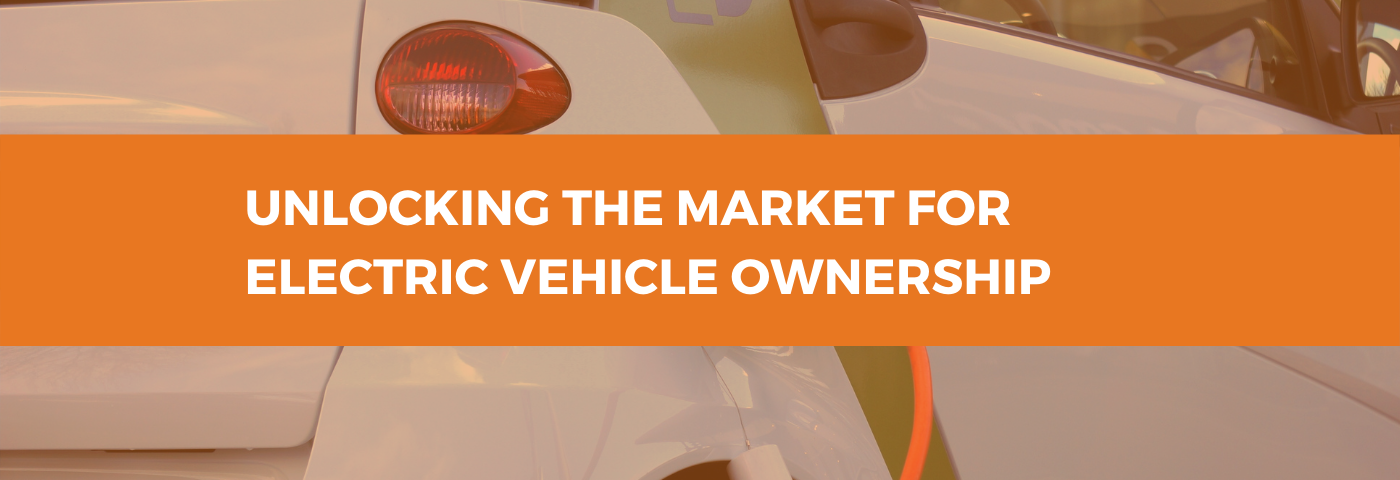
ScottishPower’s recent announcement of £2 billion investment in clean energy projects this year – with the intention, among other things, to “unlock the market for electric vehicle ownership” – has shone a spotlight on the growing popularity of electric vehicles (EVs) and the potential seismic shift in the way we access the electricity network.
However, if we are to realise the UK Government’s ambitious 2030 target of at least half of new car sales being ultra-low emission, and ending the sale of petrol and diesel-fuelled cars by 2040 (the expectation being that drivers will shift to electrically-powered vehicles instead), two key challenges must be addressed: network capacity and consumer confidence.
Network Capacity
Electricity network companies are already taking EV investment into account in pricing reviews, and the energy regulator Ofgem has established programmes to encourage innovative development of the networks but this is only part of the story.
For our networks to be able to cope with an upsurge in demand, to power a growing number of homes and electric vehicles, we will need huge investment in the low voltage network, a dynamic tariff structure and sufficient consumer education to encourage ‘smart charging’ behaviours.
This could include having EVs acting as an energy network balancing mechanism and putting power back into the system during peak demand. There is much work needs to be done over the next 10 to 15 years in order to prepare the networks, and users of the networks, for EVs.
Consumer Confidence
Having network capacity is only part of the equation. Customers also need to be confident that they will be able to complete their journey in an EV, which is heavily reliant on advances in battery life and the wider availability and accessibility of charging points. The latter could be achieved by standardising some of the key infrastructure, such as charging connectors so they are suitable for a wider variety of vehicles, and the payment methods at charge points. Parliament has given itself the power to legislate in this area, through the Automated and Electric Vehicles Act 2018, but has yet to do so. Instead, the UK Government has adopted a watching brief to see how the market is developing.
Operators of charging points are required to provide ad-hoc access to users, by virtue of The Alternative Fuels Infrastructure Regulations 2017, but the term ‘ad-hoc access’ does not mean what you might think. This does not require operators to offer a ‘pay-as-you-go’ option at charging points, instead it merely requires that there is some form of payment option at a charge point that does not require a pre-existing contract between customer and operator/supplier. A private member’s bill currently before Parliament – Electric Vehicles (Standardised Recharging) Bill 2017-19 – seeks to amend this position, to require a ‘pay-as-you-go option’ at each charge point. This would go some way to improve consumer confidence in EVs.
This is a time of flux, with the EV market developing organically and innovatively but not necessarily always with consumer benefit in mind.
Of the two key constraints to the uptake of EVs – network capacity and consumer confidence – neither is being progressed with much urgency. Much of this can be put down to uncertainty as to whether EVs will replace petrol and diesel cars. Alternatives include the increasing use of ride-sharing apps and public transport.
Legislators and regulators will need to take decisions in the near future to resolve these problems. If we are to meet the 2030 and 2040 targets, then these decisions will have to be taken sooner or later, given the lead time for network improvements, and the need to inspire consumer confidence beyond a modest group of early adopters.

